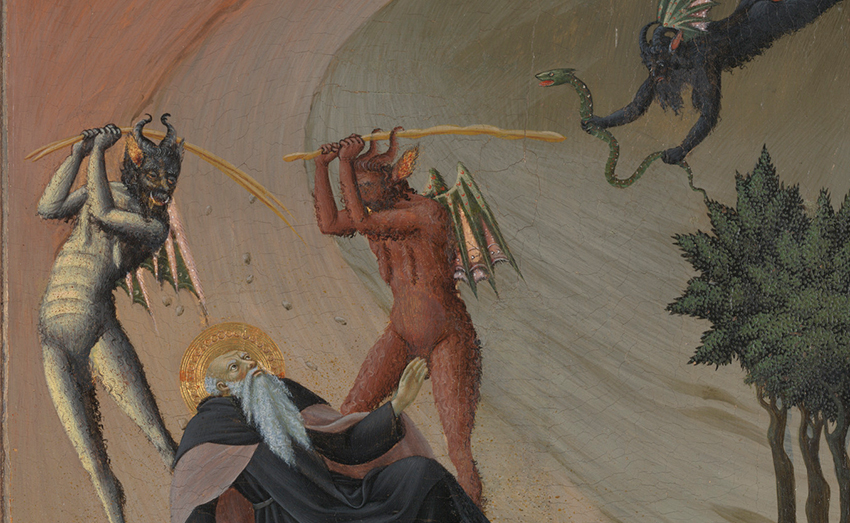Origins of Criminology

Contents of This Chapter:
- Chapter Introduction
- Pre-Classical Justice and the Birth of Criminology
- Classical School of Criminology
- Positive School of Criminology
- Modern Application: How Is It Relevant Now?
- Resurgence of the Classical School
- Testing Deterrence
- Testing Rational Choice
- Routine Activity Theory
- Impact on Policy
- Learn More: Does D.A.R.E. Deter Drug Use?
- Activity: Routine Activity Theory in Modern America
- Check Your Knowledge
- Licenses and Attributions for Modern Application: How Is It Relevant Now?
- Conclusion
- References
How to Navigate this Book Online
Table of Contents
Every page of this book has a button labeled CONTENTS. In most browsers, this button will be in the upper left corner. You can click anywhere on that button to show the book’s table of contents. Clicking the button again hides the table of contents.
In the table of contents, you can click on a title of a chapter to navigate to the beginning of that chapter.
You can also click on the “+” in the table of contents to see the chapter’s sections and navigate directly to that place in the book.
Turning a Page
If you’re reading on a larger screen, look at the bottom of the page. There is a button in the lower right corner labeled “Next →” that you can click to move forward, and another button in the lower left corner labeled “← Previous” that you can click to move backward.
Reading on Smaller Screens
On smaller screens, like phones and tablets, the CONTENTS are at the top of the page. Look for the Previous and Next buttons at either the top or bottom of the page.

